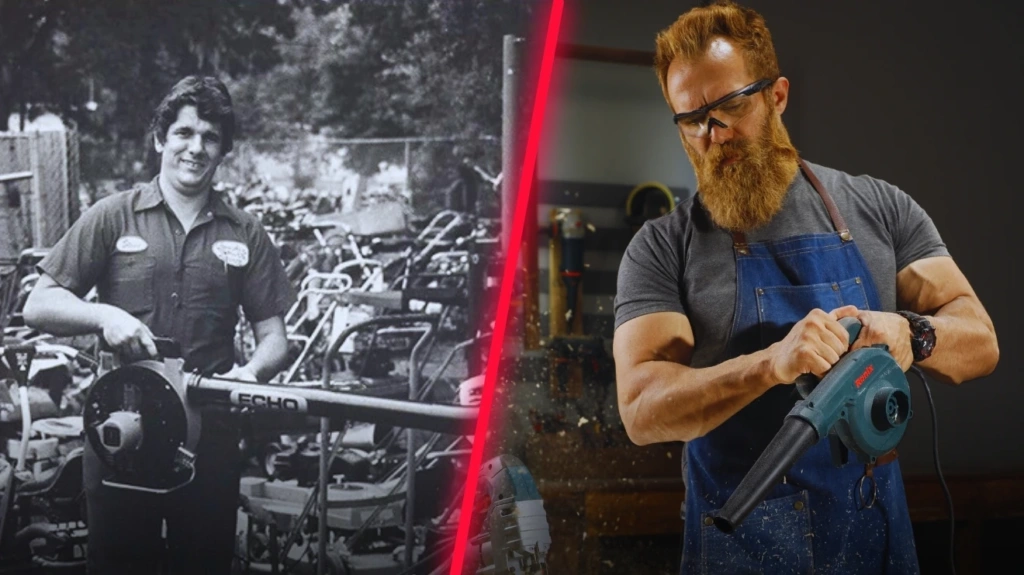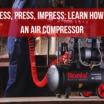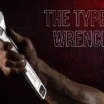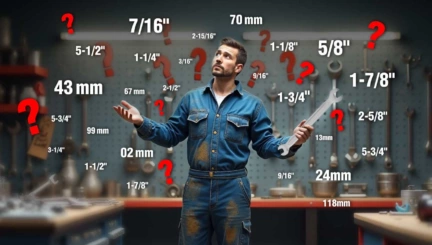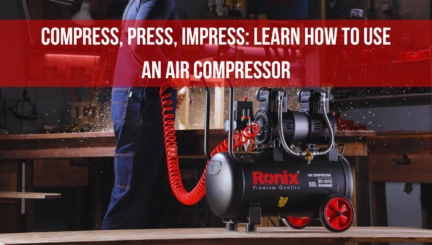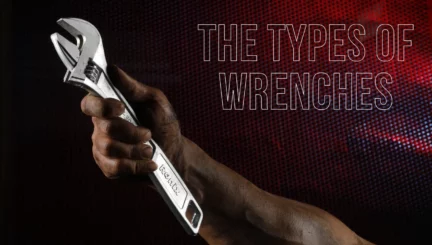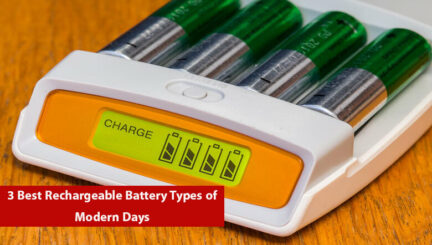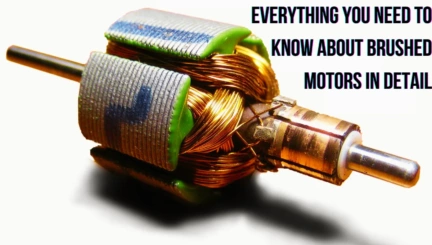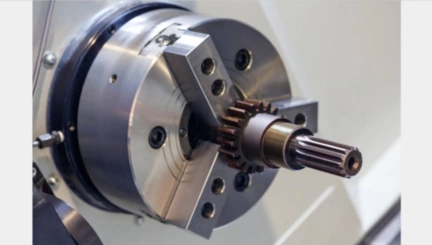- 10min
- 8997
- 0
Leaf Blowers History: How Seventy Years of Innovation Has Changed Blowers
The leaf blower history is more complicated than you might expect. The first leaf blower wasn’t meant to be a leaf blower at all. There is little consensus about where the precursor to the modern leaf blower developed or who invented that machine. But there is agreement on one point: the first leaf blower was a gas-powered backpack crop duster, designed to spray pesticides in plant nurseries. Users realized that the powerful sprayer could move leaves and debris, and adapted the units into leaf blowers simply by not adding pesticide to the tanks.

Early Innovation (1950s-60s)
Who invented that first gas-powered backpack crop duster? It boils down to two possibilities: the Japanese-based Kyoritsu Noki Company or a Dutch-American named Aldo Vandermolen.
Established in 1947, Kyoritsu Noki released its first product–a backpack power fogger/duster–that same year. The company followed up with the first in a series of backpack blower misting and dusting machines in 1955. But it wasn’t until 1968 that Kyoritsu Noki applied for a patent for a backpack power mist sprayer. Kyoritsu Noki established itself in the United States as the Kioritz Corporation of America in 1972 and changed their name to Echo Inc. in 1978.

Some sources, most notably the Vandermolen Corporation’s website, attribute the invention of the backpack leaf blower to Aldo Vandermolen.
Join Us as a Premier Power Tools distributor Today!
Aldo’s 2017 obituary, hosted on the company’s site, states that Aldo “made one of the biggest contributions to the landscaping industry by creating the backpack leaf blower and subsequently, the first handheld gas-powered leaf blower” but does not provide dates. Unfortunately, there are no patent applications from Aldo or the Vandermolen Corporation for a backpack blower, mister, or sprayer, which would verify and date this claim.
Boost Your Business with Top-Notch blowers supplier
While backpack dusters/sprayers were the precursors of today’s handheld leaf blowers, developers of actual leaf blowers focused on push or “walk behind” wheeled blowers. Unlike early backpack models, the walk behind leaf blowers usually had a vacuum component as well. The first wheeled leaf blower vacuums were designed by H. L. Diehl in 1959, and similar models are still in use today particularly on large properties.
Explosive Popularity (1970s-80s)
Realizing that their backpack dusters/sprayers were being modified for use as leaf blowers, Kyoritsu Noki brought to market its first backpack power blower in 1970 and, according to Popular Science, the first handheld power blower in 1977.

The development and sale of dedicated leaf blowers meant that more people–and, in particular, more private homeowners–were able to purchase and use the machines. As sales of Kyoritsu Noki’s/Echo’s blowers took off, other companies took note. Weed Eater, Stihl, and McCulloch/Husqvarna, among others, began introducing leaf blowers into their product lines in the 1980s.

Consumers were attracted to the technology not just because it made yard work easier, but because it seemed to be the right environmental choice at the time. For instance, during the extreme drought of the mid-1970s in California, homeowners choose to use leaf blowers to clean their patios instead of hosing them down to save water.
Leaf blowers skyrocketed in popularity throughout the 1980s. By 1989, almost one million leaf blowers were sold annually in the United States.
Cleaner, Quieter Gas Blowers (1990s)
Despite their popularity, within a few years of entering the market, leaf blowers had their detractors. In 1975, Carmel, California banned the use of the machines. They were reacting to the undeniable environmental impact–both regarding noise and emissions–of the early leaf blowers.
The first gas leaf blowers developed were with two-stroke engines. As fortune magazine explains, engines of this type are “extremely reliable, maneuverable, light-weight, yet powerful, and inexpensive” but they are also “the dirtiest engines on the face of the earth.” Additionally, while blowers emitted the same loud rumbling noise as most other handheld power equipment, the impeller blades in their engine housing also created a distinctive high-pitched whine.

Emissions were the first issue addressed by manufacturers, to comply with regulations that first established in California, and later enforced at the national level. California’s regulations were to be implemented in two progressive stages: the first by 1995 and the second by 1999. Manufacturers easily met the 1995 goal, but the 1999 goal required serious innovation. That innovation resulted in cleaner two-stroke engines as well as the emergence of four-stroke engines in power tools. Concurrent technological advances, such as electric and battery-operated blowers, inherently addressed the emissions issue as well.
Echo Inc. met the noise issue head-on. According to Larry Will, who was Vice President of Engineering at Echo at the time, the company redesigned their engines in the mid-1990s so that noise emissions were reduced by a whopping 75%. Since noise was the driving force behind leaf blower bans in many communities, other manufacturers soon followed suit.
Next-Gen Leaf Blowers (2000s-10s)
The shift to corded electric leaf blowers reduced the noise and emissions issues of the machines considerably. While electric corded blowers were not as powerful as gas powered machines and needed to be in reach of a power outlet, they were still a good choice for many homeowners. As well, their noise emissions complied with most municipal regulations.

As manufacturers increasingly turned to rechargeable Lithium-Ion batteries to power all kinds of devices, the introduction of battery-powered leaf blowers was a logical step. Cordless blowers have been a game changer. They neatly address both noise and air pollution issues. Further, they’re cheaper to operate than gas or electric models and offer more portability than corded electric blowers.
As Popular Mechanics points out, the current generation of battery powered leaf blowers is powerful enough to handle most light- and medium-duty jobs. One of the most practical cordless blowers is the Ronix 8922 Cordless Brushless Leaf Blower. This Cordless tool works with a powerful 20V battery with a long runtime.

What’s Next? (the 2020s and Beyond)
The speed and cubic feet per minute of the best battery powered leaf blowers are close to the top levels of gas-powered back leaf blowers. Whereas a run-time of 30 to 90 minutes is enough for most homeowners, it is not long enough for commercial use. As battery technology continues to develop, it won’t be long before battery powered units have run-times of 6 hours or more and are convenient replacements for gas powered units in commercial use.
Related Article: Everything About Power Tools History
History of Dust Blowers: Blowing Away the Past to Shape a Cleaner Future
What would you think if we told you that the earliest version of a dust blower was people blowing dust with their mouths?
Alternatively, in a more evolved version, they just utilized brooms and brushes to dust surfaces. However, this is only the beginning of this popular sort of air blower.

The Invention of the Dust Blower (1900s-1920s)
The earliest commercial air blowers used compressed air. They were heavy and appropriate for cleaning large gear and equipment in industrial environments.
However, the development of electric dust blowers began with the release of the first electric vacuum cleaners. This variant combined the suction and blowing features, which made them comparatively large and hefty.
The Rise of dust blowers and the leaf blowers that followed (1950s-1960s)
Companies like Makita and Black & Decker began producing handheld electric blowers for dust and debris removal. Following this, the leaf blowers arouse, a specialized dust blower, with Homelite introducing one of the first gas-powered models in 1970—motivating interest in similar equipment for dust control.

Modern Dust Blowers Developed (1980s)
The advent of battery technology led to the production of cordless dust blowers, increasing their portability and ease of use. Companies like Ryobi and DeWalt began to incorporate these features into their power tool lines.
More Compact Models Introduced to the Market (1990s-2010s)
Performance was enhanced by improvements in motor efficiency and design. Lighter and more potent dust blowers were introduced by manufacturers like Hitachi and Bosch to adapt to both household and commercial markets. Additionally, the development of lithium-ion batteries transformed cordless dust blowers by increasing their power and decreasing their weight. Companies like Ronix, Milwaukee, and Makita created models with longer run periods and better functionality.

History of Forge Blowers: The Evolution of Blacksmithing
In the past, using blowers in blacksmith workplaces used to be extremely dangerous, resulting in people dying. Isn’t this unbelievable? Blacksmith apprentices used to blow air into a hollow tube to fuel the fire, but this was ineffective. The majority of the oxygen they breathed in was used up by their lungs, and when they exhaled, they emitted a lot of carbon dioxide, which didn’t aid the fire. Furthermore, the heavy breathing may make them dizzy from inhaling too much oxygen, causing them to faint and fall into the fire!
Ancient Bellows (2000 BCE)
The earliest tools like forge blowers were bellows used in ancient Egypt, Mesopotamia, and China. These simple devices made of leather and wood helped push air into fires, allowing metalworking to happen at higher temperatures.

In the early medieval period, double bellows were created in Europe and Asia. These had two bellows that worked together to provide a steady airflow, making it easier to keep the forge hot. They became popular in blacksmithing and were often operated by foot or hand.
The Industrial Revolution – Hand-Cranked Blowers (1700s-1800s)
During the industrial revolution, hand-cranked blowers, often built of cast iron, arose as tools that offered more steady and strong air flow.

Mechanized Blowers (Late 1800s-Early 1900s)
As machinery advanced, forge blowers powered by steam or water wheels became widespread in large foundries. By the late 1800s, electric motors began to replace manual cranks, allowing blacksmiths to maintain higher and more consistent temperatures with less effort. As power became more accessible, motorized forge blowers became the standard. Companies such as Champion Blower & Forge Co. and Buffalo Forge Company were pioneers in producing powerful electric blowers used in blacksmithing and metalworking.

Portable and Compact Designs (Mid to Late 20th Century)
As blacksmithing became more specialized and popular as a hobby, companies started making smaller, portable forge blowers for individual blacksmiths and hobbyists. Electric models became more compact, quieter, and easier to take care of, making them perfect for small workshops. Ronix forge blowers, made with 100% copper coils, are a modern version of this tool and can be used by many different operators.

FAQ:
When Was the Leaf Blower Invented?
The first leaf blower was invented in Japan around the 1950s. It was originally intended to be used to spray pesticides on crops rather than to blow leaves. These early models included motors and fans, which allowed farmers to efficiently disseminate pesticides across huge regions.
Who Invented the Leaf Blower?
The leaf blower is generally attributed to Japanese engineers working for the Kyoritsu Noki Company (now Echo, Inc.) in the 1950s.

Ronix
31 October 2020
